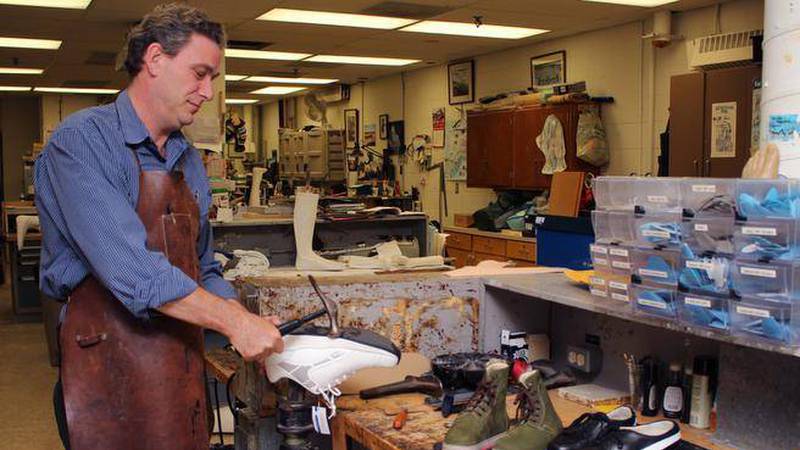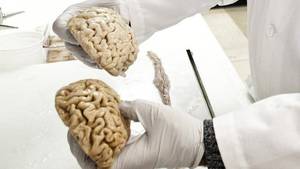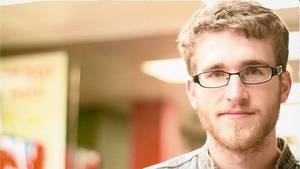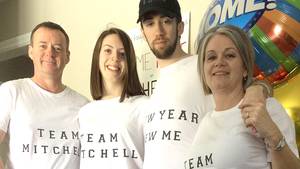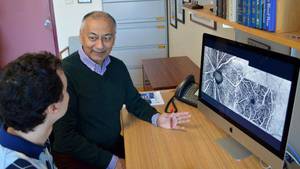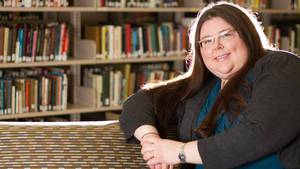Andrew Hoar gives patients at the QEII’s Multidisciplinary Leg Ulcer Clinic a simple choice, “I can make you a new shoe or a new leg. Which do you want?”
It’s no surprise to learn that everyone opts for the new shoe, and when they do, they put their feet in good hands. Andrew is a sixth-generation shoemaker, and he’s also trained to make prosthetic limbs and braces.
Many patients have very distinct footwear needs based on their condition. “Many needs, such as deformed feet, cannot be addressed by a shoe store,” he says.
The first Hoar shoemaker arrived in Halifax in 1840, when Morris Hoar left Ireland for Canada. He brought the family trade with him, and didn’t know at the time that it would be passed on through six generations.
Andrew grew up in his father’s Bedford Row cobbler’s shop. He saw him close it after six decades in 1961, to move into orthopaedics. He later followed his father’s path.
In fact, Andrew still treats some of his father’s former patients. Early in his career, he met an elderly lady who said she didn’t want some kid treating her — she wanted Mr. Hoar. Andrew told her he was Mr. Hoar — the son — and she nodded and proceeded with the treatment. It was nothing new for her. She was born with club feet and had been treated by his great-grandfather, grandfather, father and finally, him.
The highly-skilled pedorthist works extensively with diabetics whose conditions lead to deformed feet. When a diabetic wound goes untreated, it can cost a limb. Andrew creates shoes for patients that keep pressure off the wound, allowing it to heal, saving the leg. He makes custom sneakers, winter boots, casual shoes and dress shoes.
“You see a patient arrive in a wheelchair, unable to walk, and then they walk out,” he says.
The results are exponential. In 2000, he assembled an elite team of medical professionals to attack the problem of amputations resulting from conditions like diabetes. In the first five years, they reduced the amputation rate by 20 per cent. These outcomes are life-changing for someone with a leg at risk, and also save hundreds of thousands of dollars for the province.
He sees his patient, takes a cast of their feet and builds the shoe in the prosthetics and orthotics department at the QEII’s Rehabilitation Centre. What he does is much more high-tech than what Morris did in 1840, but Andrew believes Morris would marvel at what he can do.
Recently, a 25-year-old woman came in to see Andrew and remembered a visit with him 20 years earlier, when as a five-year-old she’d gotten “magic” shoes that let her walk. It’s one of the parts of the job he loves. People who need orthopaedic shoes must get a new pair every year or so, meaning Andrew will often work with individuals from their first step to their last.
Just like Morris Hoar did all those years ago.

